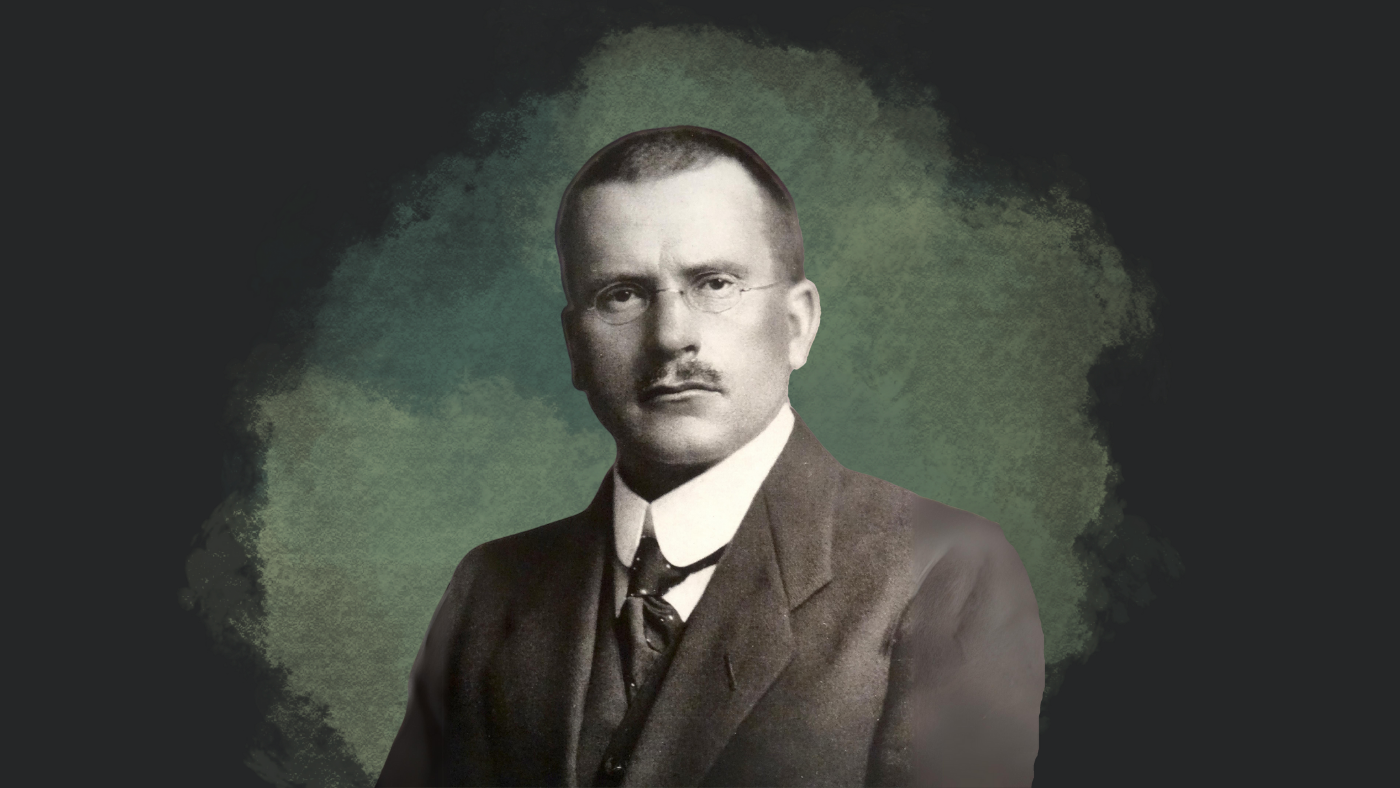According to Analytical Psychology based on the teachings of Carl Gustav Jung, the human mind consists of three parts: consciousness, personal unconscious and collective unconscious (Ukray, 2016). According to Jung, the ego is at the center of consciousness. The ego is the subject of consciousness. In order to make sense of all events or phenomena that occur internally or externally, it must pass through the filter of the ego (Horozcu, 2015). Explaining that the ego filters the internal and external stimuli and information that enable the individual to continue his daily life, Jung stated that in the absence of the ego the individual cannot distinguish between dreams and reality what is lived and what is being experienced today (Jung, 2016b).
The personal unconscious includes the individual’s forgotten memories, suppressed emotions, experiences and perceptions that have not reached the level of consciousness (Jung, 2006).
The collective unconscious is a concept that expresses the stereotyped behavior patterns shown in universal situations, which are shared and inherited by all humanity, regardless of historical periods, societies and races. (Jung, 2006).
The collective unconscious, which Jung sees as the common heritage of all humanity, includes the past experiences of human beings and their impressions and its reflections to the present are revealed through rituals such as dreams, tales and religious enthusiasms (Jacobi & Manheim, 1959). While the personal unconscious is unique to each individual, the collective unconscious is shared in common.
Archetypes are universal themes or symbols that lie with the collective unconscious in the psyche (Maltby et al., 2017). Archetypes cause similar thoughts, images and feelings regardless of language, religion, race, class difference, geographical location or historical period. Archetypes form the collective unconscious of the person (Sungurlar, 2013).
Major Archetypes
Anima and Animus: Jung calls the archetype belonging to the opposite sex as animus in women and anima in men. The anima and animus act as opposite partners, representing the feminine side of the man and the masculine side of the woman, in the unconscious of both sexes (Stevens, 1991).
Persona: Persona, which is defined as a deliberately adopted attitude, is also known as the name of the mask worn by the actors in the Ancient Period. Persona is the public face of human beings and a person can wear this face both consciously and unconsciously (Snowden, 2012).
Shadow: The dark, ominous part of our nature, made up of repressed material from our personal unconscious and universal imagery of evil from the collective unconscious. The shadow is the dark side of our personality. The evil in humanity takes its source from the shadow archetype (Jacobi & Manheim, 1959).
God: When people are put in dangerous or ambiguous situations with a lot of anxious uncertainty, they turn to some type of all powerful being or God for help because all have the god archetype (Maltby et al., 2017).
The Self: It is the archetype that organizes other archetypes in the unconscious and their access to consciousness. It has a structure that extends to both areas, conscious and unconscious and ensures the integration of the personality. It is related to this archetype that a person can feel himself in harmony (Jacobi & Manheim, 1959). The ego archetype develops in middle age because the personality becomes developed and individualized only by this age (Jacobi & Manheim, 1959).
Individuation: process of combining the conscious and unconscious to reach self-actualization (Maltby et al., 2017).
Personality Attitudes
Introversion: Psychic energy flows inward, the person concentrates on personal factors, the inner need is emphasized as the main factor.
Extraversion: It refers to the adjustment of adaptation and reactions according to external norms, objects, common values, contingencies, etc. (Isen & Batmaz, 2006).
Functions of Personality
Personality has four main functions: thinking, feeling, intuition and sensation. ‘Sensation tells you that something exists; thinking tells you what it is; feeling tells you whether it is agreeable or not; and intuition tells you when it comes and where it is going (Jung, 1971).
Jung synthesized these 4 personality functions with being introverted and extroverted and revealed.
8 Personality Types: Extraverted Thinking, Introverted Thinking, Extraverted Feeling, Introverted Feeling, Extraverted Sensation, Introverted Sensation, Extraverted Intuition, Introverted Intuition (Jung, 1971).
Feyza Betül Tunceroğlu | Psychologist
References
- Horozcu, Ü. (2015). Din Psikolojisi, İstanbul: Rağbet Yayınları.
- İsen, G. & Batmaz, V. (2006). Ben ve Toplum, 1.Basım. İstanbul: Salyangoz Yayınları.
- Jacobi, J., & Manheim, R. (1959). Complex/Archetype/Symbol in the Psychology of C.G. Jung (Vol.
- 632). Princeton University Press. https://doi.org/10.2307/j.ctvzxx99p
- Jung, C. G. (1971). Personality types. The portable Jung, 178-272.
- Jung, C.G. (2006). Analitik Psikoloji,.E.Gürol. (Çev.)2.Baskı. İstanbul: Payel Yayınevi.
- Jung, C.G. (2016b). Analitik Psikoloji Sözlüğü, N.Nirven. (Çev.) İstanbul: Pinhan Yayıncılık.
- Maltby, J., Day, L., & Macaskill, A. (2017). Personality, individual differences and intelligence
- (Fourth edition). Pearson.
- Sungurlar, I. (2013). Shadow as an archetype (Master’s thesis, Işık University
- Stevens, A. (1991) On Jung London: Penguin Books, p. 199.
- Snowden, R. (2012). Jung Kilit Fikirler, K. Atakay. (Çev.). İstanbul: Optimist Yayınları.
- Ukray, M. (2016). Jung Psikolojisi, Ankara: Yason Yayınları.


